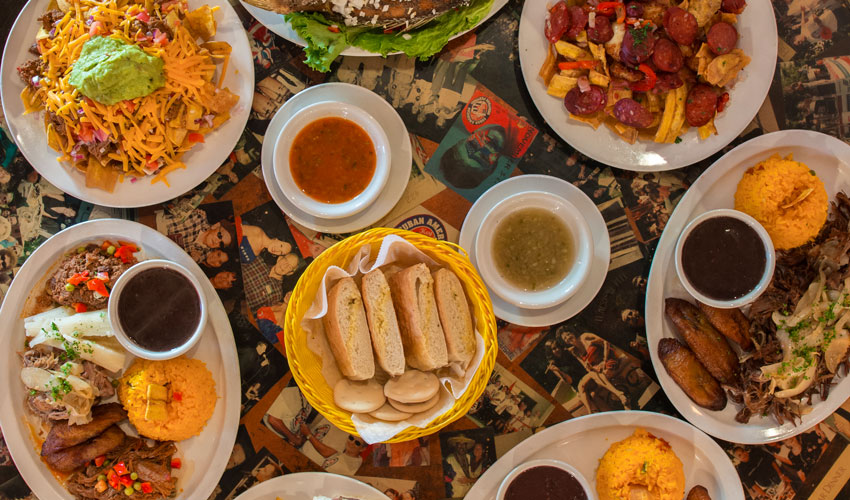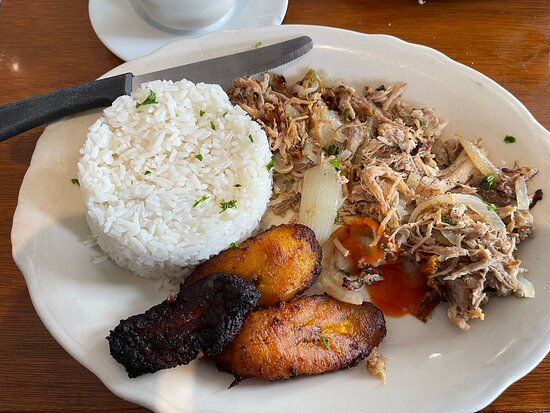Introduction: Cuban cuisine and plantains
Cuban cuisine is known for its unique blend of Spanish, African, and Caribbean influences. The use of plantains is a hallmark of this cuisine. Plantains are a versatile and important ingredient that is used in many traditional Cuban dishes as well as modern adaptations.
The origins of plantains in Cuba
Plantains are not native to Cuba but were introduced during the colonial period by African slaves. They quickly became a staple in the diets of the enslaved population and were later adopted by the rest of the island. Today, plantains are grown throughout Cuba and are an essential part of the country’s food culture.
Nutritional value of plantains in Cuban cuisine
Plantains are a rich source of potassium, vitamin C, and dietary fiber. They are low in fat and calories, making them a healthy addition to any diet. In Cuban cuisine, plantains are often used as a substitute for rice or potatoes, providing a nutritious and filling base for many dishes.
Types of plantains used in Cuban cooking
There are two main types of plantains used in Cuban cooking: green and ripe. Green plantains are starchy and are often used to make savory dishes such as tostones (fried plantain slices) and mofongo (mashed plantains with garlic and pork cracklings). Ripe plantains are sweet and are used in desserts such as maduros (sweet fried plantains) and plantain pie.
Traditional dishes featuring plantains
Plantains are a key ingredient in many traditional Cuban dishes. Ropa vieja, a stew made with shredded beef and vegetables, is often served over a bed of mashed plantains. Plátanos en tentación is a popular side dish made with ripe plantains, brown sugar, and cinnamon. Fufu, a dish made with mashed plantains and yams, is a staple in Afro-Cuban cuisine.
Modern adaptations of plantains in Cuban cuisine
In recent years, Cuban chefs have been experimenting with new ways to use plantains. Plantain chips have become a popular snack food, and plantain crust has been used to make pizza. Plantain-based desserts such as ice cream and cheesecake are also gaining popularity.
Plantains in Cuban street food
Plantains are a common ingredient in Cuban street food. Tostones rellenos are fried plantain cups filled with meat, cheese, or seafood. Frita Cubana is a hamburger made with chorizo and served with a side of plantain chips. Plantain-based empanadas are also popular.
Conclusion: the significance of plantains in Cuban cuisine
Plantains have played a significant role in Cuban cuisine for centuries. They are a versatile ingredient that can be used in a variety of dishes, from savory stews to sweet desserts. Whether used in traditional dishes or modern adaptations, plantains remain an essential part of Cuban food culture.










